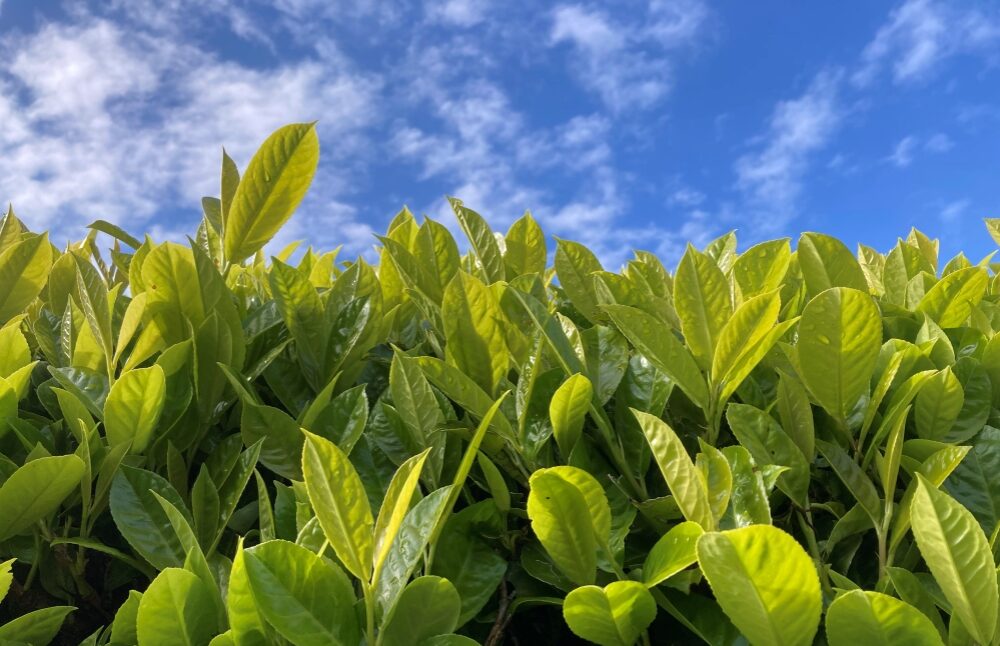This continues from ‘Yogic Diet’ described by Masahiro Oki – 2, being a part of translation of one of Masahiro Oki’s Japanese books, which introduces ‘Daily Life Yoga‘. This part is in the fifth chapter ‘Yoga in Your Home‘. The translation has been assisted by Junko Furugori, Michael Cullingworth and Hiroyuki Mori.
Ask your body what to eat
‘To live’ can be understood as repeatedly taking in energy and expending it by moving and thinking, using oneself as a medium. How one moves and thinks is the content of that person’s life.
And, food, or nutrition, is what many people are most interested in of all the energy intake. In yoga, because oxygen is equally emphasised, breathing methods have been researched as mentioned in opportunities. But here, I will pay deeper attention to diet which I mentioned in an earlier chapter.
Many books on nutrition or food are published in society. It is hard to decide what method to choose. Broadly speaking, they can be categorised into (1) those based on personal experience, (2) those based on academic studies, and (3) those combining (1) and (2). Each type has its advantages and disadvantages.
In my view, I have doubts about putting full confidence in personal experience (1) when it comes to nutrition.
When I went to a boarding junior high school, the quality of the meals provided was very poor, compared to the richness of meals at home, so that I, even as a child, wondered if it was all right. Even so, my health was better there than it had been at home. Of course, health is not completely determined by diet. Next, when I went to the mainland of China during prewar military training, I was forced to eat a lot. Because I had to journey further inland and needed to be able to go without food for some time, I was forced to practise eating big meals. And I came to be able to eat nearly one shō of rice at one time. (Note: *1 A Japanese traditional unit to measure volume. One shō equals about 1.8 litres.)
In other words, according to environment and training, we can adapt ourselves to a diet whether poor in quality or large in quantity. This is also called ‘habit’.
After the war, I went to India to practise yoga. Most of the Indians who practised yoga were pure vegetarians and I followed their way, but the neighbouring Pakistanis had a diet based on meat. In terms of health, there were no differences between Indians and Pakistanis. After that, I also experienced a life with only Chinese food and a life with only Western food. Also, at some time, I was a member of various dietary dōjōs.
The reason I tried so many dietary ways was because my physical condition was extremely unstable, and I hoped some diet would help my physical condition. People with weak gastrointestinal tracts are more concerned about food and drink than others. I had the same motive. I also tried primitive natural foods and strange, bizzare foods. However, there was no dietary method that suited me perfectly.
The second category (2) is based on academic studies. The weakest point here is that theories are uncertain, and we do not know when they will change. What was said to be right yesterday may be corrected tomorrow by today’s new discovery.
Also, I am not happy with academic nutritional theories because they lack actual experience. These theories see nutrition as eating food that is separate from the human body. Food is not equal to nutrition. Food can be ‘alive or dead’, depending on different combinations. I also disagree that academic nutrition theories still give central importance to calories.
The third category (3) is the combination of experience and academics. However, it is not so easy to support empirical facts with academic explanation. Also, one person’s experience is not always valid for others.
For example, it is said in Japan, “Don’t mix alcoholic drinks”. However, in a Western meal, they take different drinks before, during and after a meal. So to speak, mixing alcohol is a daily occurrence. Even among Japanese people, some start with beer, then have sake*2 and drink whiskey later. Others stick with shōchū*3 from beginning to end. If the amount of alcohol is the same, which way is wrong? Probably no one can clearly answer in academic terms. (Note: *2 Sake is a Japanese brewed alcohol made from fermented rice. *3 Shōchū is a Japanese distilled liquor made from sweet potato, barley, rice or other ingredients.)
This is not a serious problem. So, let’s put it aside and go to the conclusion.
That is, “Your body knows what food suits you. Listen to your body. Follow your body.”
In yoga, it is said to ‘live by individuality’. This also applies to diet. So, you should eat according to your individuality.
Nowadays we eat according to advertisements and information too often. Also, we are not our natural ‘self’. This is where the problem arises. Many people don’t know what their true needs are.
